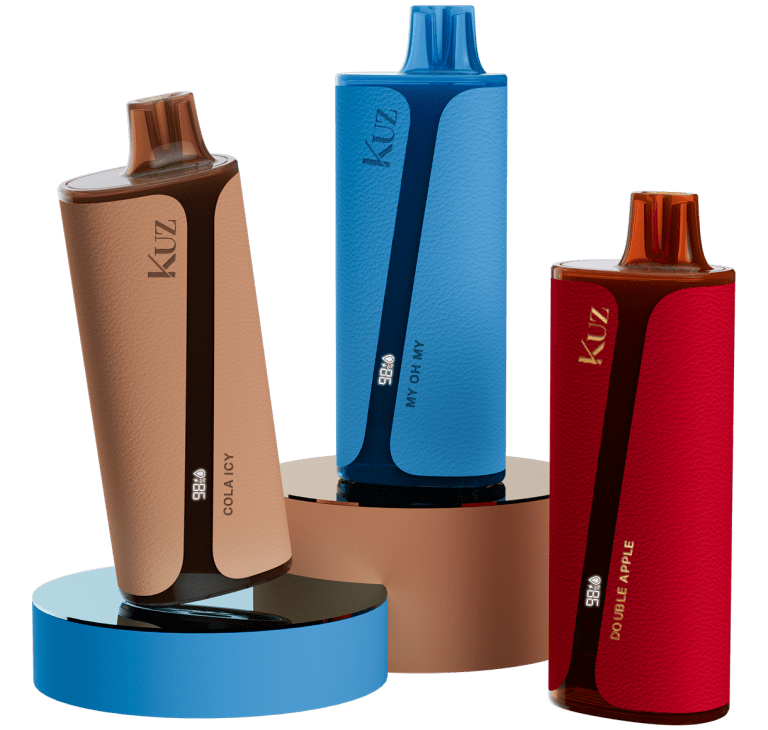Vaping has gained popularity as an alternative to smoking, but when it comes to surgery, both habits pose significant risks. If you’re wondering, “Can I vape after surgery?” the short answer is: it’s best to avoid it. Here’s why vaping can complicate your recovery and what you should know to ensure a smooth healing process.
The Impact of Vaping on Surgical Recovery
Vaping, much like smoking, introduces nicotine into your system—a substance known for its vasoconstrictive properties, meaning it narrows blood vessels. This constriction reduces blood flow, which is essential for delivering oxygen and nutrients to healing tissues. After surgery, your body needs all the resources it can muster to repair incisions and regenerate tissue. Unfortunately, nicotine impedes this process, leading to slower healing and an increased risk of complications such as infections, necrosis (tissue death), and even severe outcomes like blood clots or heart attacks.
A study comparing the effects of vaping and smoking on post-surgical recovery found that wounds in both groups healed poorly, with significant tissue necrosis observed. This finding underscores that vaping is not a safer alternative to smoking in the context of surgery.
Why Surgeons Recommend Avoiding Vaping Post-Surgery
Most surgeons strongly recommend quitting vaping at least two to four weeks before surgery and continuing to abstain for a similar period afterward. This advice isn’t just for major operations but applies to all types of surgeries, including cosmetic procedures. The risks associated with vaping don’t just affect your external recovery; they also complicate anesthesia and can lead to more significant issues during surgery.
For instance, if nicotine remains in your bloodstream, it can complicate anesthesia by affecting lung function, which is critical during surgery. Moreover, the presence of nicotine can result in hypertrophic scarring, delayed healing, and other cosmetic concerns.
Alternative Coping Mechanisms During Recovery
Understandably, the urge to vape can be strong, especially if you’re accustomed to it as a stress-relief mechanism. However, there are safer alternatives during your recovery period:
- Nicotine Replacement Therapy (NRT): Products like patches, lozenges, or gum can help manage cravings without introducing harmful chemicals into your body. It’s important to discuss these options with your surgeon to ensure they won’t interfere with your healing.
- Behavioral Therapy: Counseling and support groups can offer psychological support, helping you cope with stress and anxiety without relying on nicotine. Techniques like deep breathing, meditation, and yoga can also promote relaxation and well-being.
- Healthy Lifestyle Choices: Eating a balanced diet, staying hydrated, and getting enough rest are crucial for your recovery. These practices not only enhance your body’s natural healing processes but also reduce the temptation to reach for a vape.
When is it Safe to Vape Again?
The timeline for when you can safely resume vaping varies depending on the type of surgery and individual healing processes. However, most experts agree that waiting at least four to six weeks post-surgery is advisable. The longer you can abstain, the better your body will recover. If possible, consider using this period as an opportunity to quit vaping entirely, as the benefits extend beyond just a smooth recovery from surgery.
Final Thoughts
Vaping after surgery is not advisable due to the significant risks it poses to your recovery. The nicotine in e-cigarettes can delay healing, increase the likelihood of complications, and affect overall surgical outcomes. By understanding these risks and adopting healthier coping strategies, you can ensure a safer and more effective healing process. If you have any doubts or concerns, always consult with your healthcare provider to get personalized advice tailored to your situation.



